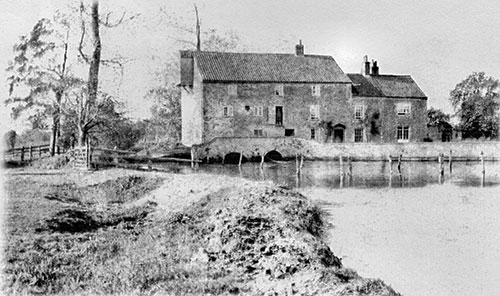 |
|
Mill
and ford - c.1900
|
|
Sculthorpe Mill
River Wensum |
 |
|
Mill
and ford - c.1900
|
|
At the time
of Domesday, three watermills were listed in Sculthorpe. By 1225 the mills
belonged to Richard Botte and the de Hasseneye or de Hasseneia family
with the latterday Sculthorpe watermill, along with ten acres of land
becoming known as Hasseneia Mill. Having ground corn for many years, the mill probably ceased working c.1947 and was becoming derelict by the 1950s. |
|
In 1478 the
Manor Court Rolls for Skullthorppe, Valerianus Shragger and Johannes Barsham
confirm in their deed of 25 acres, the freedom of one water-mill with staith and fishpond pertaining to the same mill formerly once called Bottemylle. |
 |
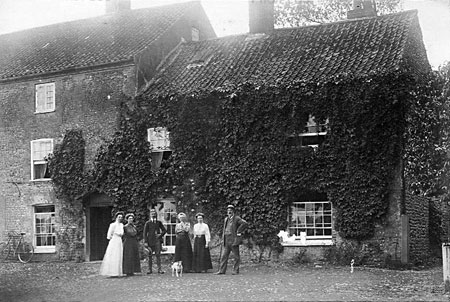 |
|
c.1900 |
c.1907 |
 |
|
Mill
and fenced ford c.1925
|
|
The Sculthorpe Field Book of 1766 lists Sculthorpe mill as belonging to George Townshend next the Mill Dam ... one Watermill called Hastney Mill otherwise Sculthorp Mill... The name Hastney is doubtless a derivation of the earlier Hasseneia. |
|
Osman Lowder,
miller in 1766, died on 21st April 1771 at the age of 74 and was buried
in Sculthorpe alongside his wife Elizabeth. |
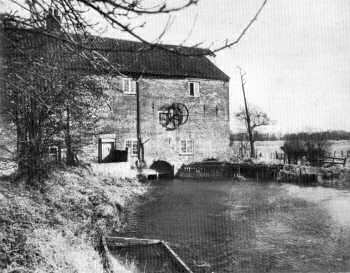 |
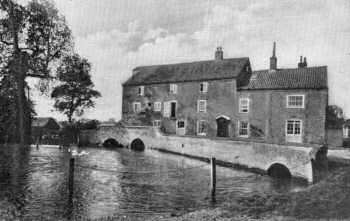 |
|
Dam c.1935
|
Millpond
c.1925 |
Sculthorpe Mill was the second mill on the River Wensum. An old map section of West Rudham shows a spring that is listed as the sourse of the Wensum. However, it would appear from modern maps that the source is in fact just to the north of Horningtoft. |
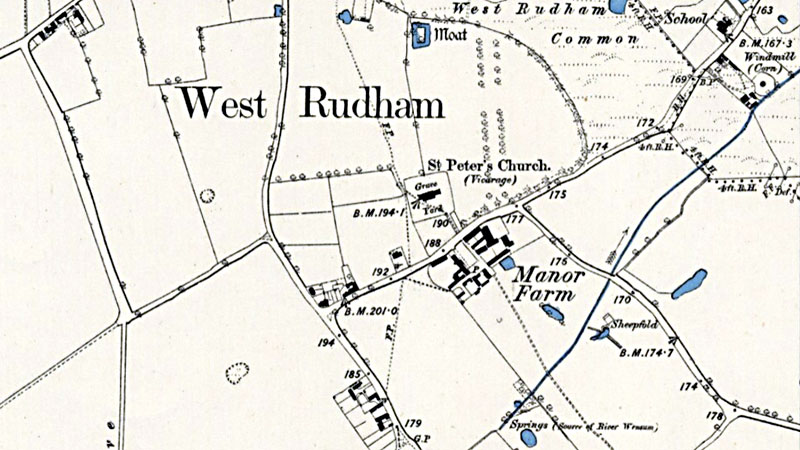 |
O.S. Map 1885 Springs shown bottom centre right East Rudham postmill top right Courtesy of NLS map images |
|
Sculthorpe Mill was about one and a half miles downstream from the long gone Shereford_Southmill and two miles upstream from Hempton_Mill, which in turn was about one mile upstream from Fakenham_Mill This meant that except in times of maximum river flow, the remaining three mills would have had to have been worked in conjunction. When Sculthorpe opened its wheel sluice and started to use its stored head of water, the outflow would head towards Hempton's dam, ready for use before being passed downstream to Fakenham. In order to maximise the efficient use of the available water supply the millers at each of the mills used a system of smoke signals to warn their colleagues whenever the sluices were to be operated. |
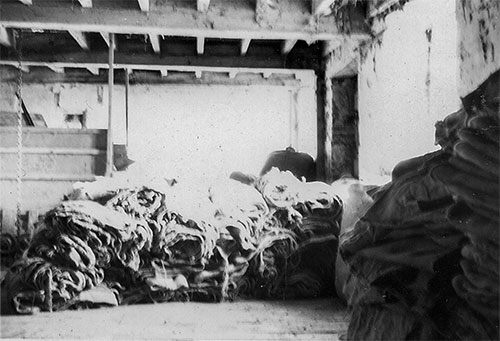 |
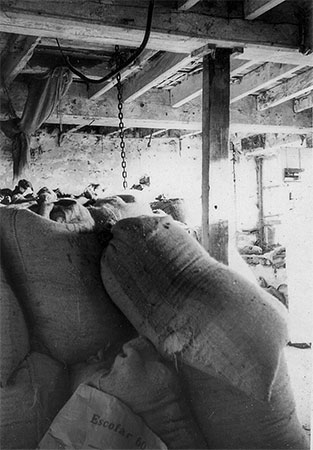 |
|
Sack store - c.1940
|
Grain sacks - c.1940 |
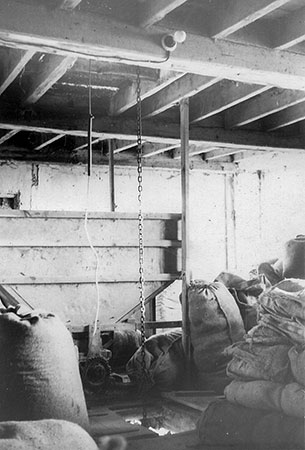 |
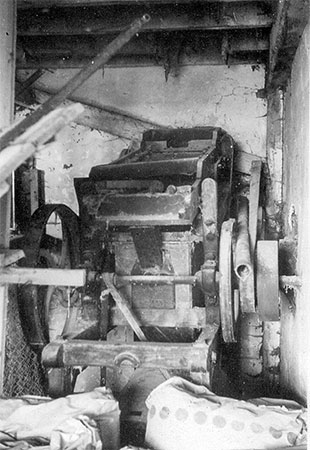 |
Sack hoist - c.1940 |
Grain cleaner - c.1940 |
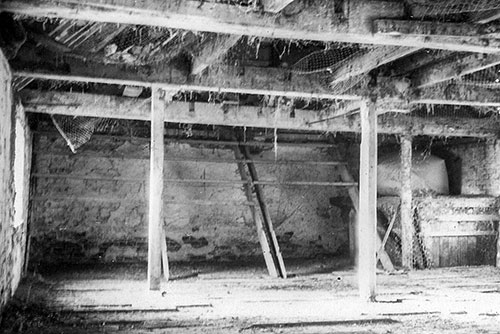 |
Mill interior - c.1940 |
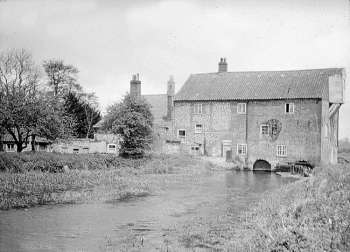 |
 |
Headrace in 1951 |
Tailrace and ford in 1951 |
Whereas I, JOHN LOWDER of Sculthorpe in the county of Norfolk, Miller, have at various Times spoken disrespectfully of the character and credit of Mr. William Banyard of Little_Walsingham in the said county, Miller .... |
|
The Mark of John Lowder |
|
| Witness | B. Mallett John Pye |
| Norfolk Chronicle - 28th June 1777 | |
Sale of Household Furniture of Thomas Savory of Sculthorpe Mills ... |
|
Notice re:- |
|
William Handcock ran the mill from 1902 to 1903 when he died, although it is probable that he was working at the mill prior to taking it over, possibly from as far back as 1875. He married Patience Harriet Anne (née Wright) Handcock (b.Filby 1850) in 1868 at Walsingham and went on to have 10 children. The eldest was their son William followed by Blanche Matilda Hazell who was born in Horstead in 1871. While living at Sculthorpe Mill in the early 1880s, she would walk the 3 miles to Fakenham each day in order to attend school, pushing the younger children in a pram. They paid a penny a week in school fees. |
|
Blanche
remembered the mill as a lonely place and the children would get very
excited if they spotted
another human being by the river. |
|
William Handcock
must have suffered from lung complaints and fell ill. He eventually died
of pneumonia. |
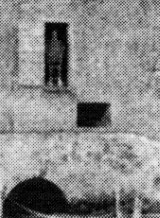 |
|
The figure in the doorway of the c.1900 photograph at the top of the page is probably either William or Alfred Handcock. |
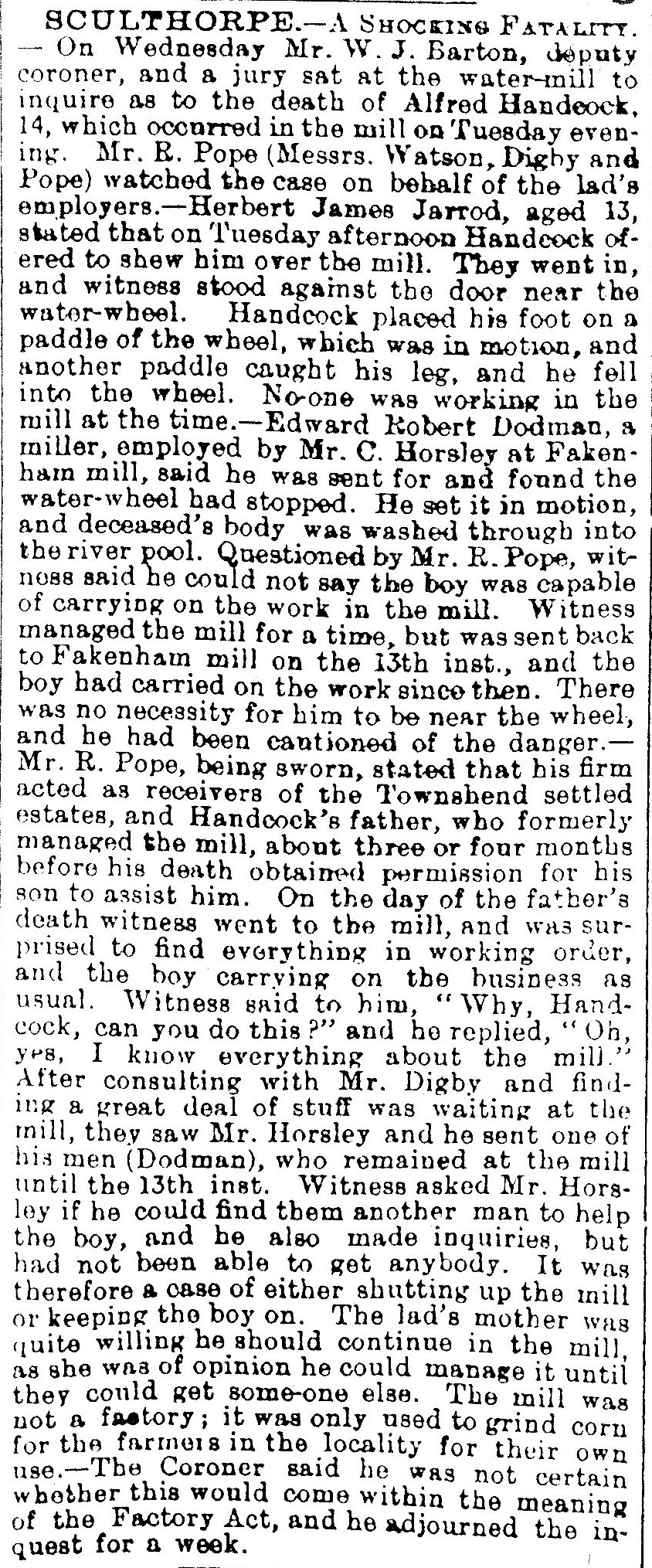 |
Lynn Advertiser - 26th June 1903 |
|
Before the
accident some of the elder children, including Blanche, had left the Mill.
Most probably entered into service - three went to work at the Grosvenor
Hotel, Victoria, London. Blanche ended up in Middlesex where she met and
married William Hazell. Bill Hazell was an engineer by trade and when
Alfred Handcock was killed, Bill was keen to take over the Mill, which
he had visited in 1902 during his engagement to Blanche. However, Blanche
absolutely refused to go back to Sculthorpe - she much preferred the bright
lights of West London, so when William Handcock died the family left the
Mill and moved out to live with the older children. |
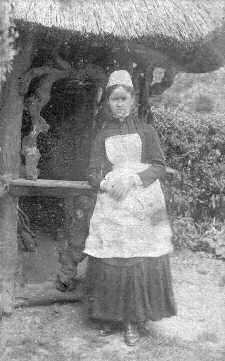 |
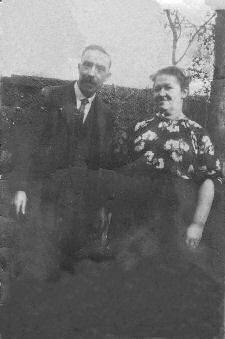 |
|
Blanche Handcock aged 16 in 1888
|
Bill
Hazell & Blanche 1921 |
|
Around 1916 the mill was being rented by William Harris. It appears he persuaded one of his employees, George Gostling Gray to buy the mill from the Townshends of Raynham through a trust in 1923. Gray obtained the necessary money through his marriage to Caroline Fairburn, thereby eventually acquiring the money from her family. Caroline's father then appointed two trustees whose assent would have to be obtained before the mill could be sold. The trustees were a Mr. Rackburn and "Rat" Ratcliffe Pope. |
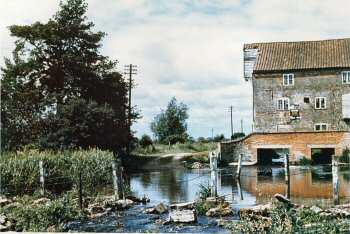 |
|
Mill
and fenced ford c.1958
|
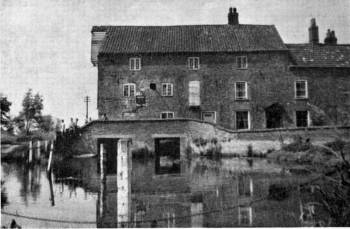 |
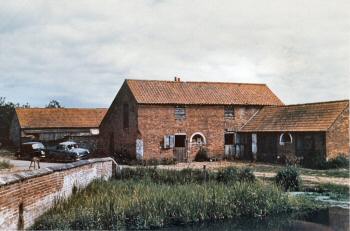 |
|
c.1958
|
Other
buildings within the mill complex c.1958 |
|
At the time of the left hand picture above in 1958 the house attached to the right of the mill was still inhabited by the last miller to work the mill. The mill buildings in the right hand picture were subsequently converted to housing accommodation. During the 1950s the original round watercourse arches and bridge were reinforced by rather ugly square arches with concrete lintels. |
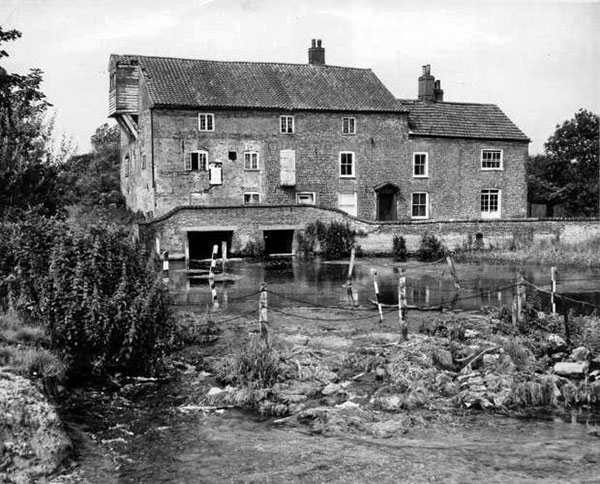 |
The ford marked out - 1963 |
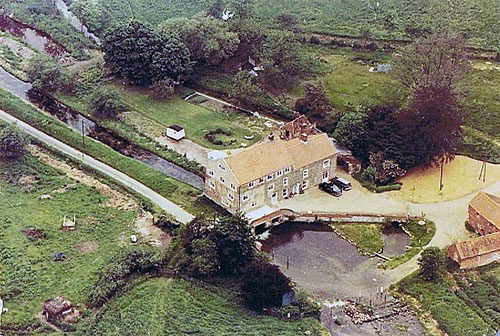 |
|
c.1965 |
I cannot find any photographs of the interior although I remember it clearly. There was no mains water or electricity - drinking water was drawn from the well in the cottages opposite and it was very good too. All lighting was by paraffin lamps. Mains were not brought down to the Mill until after my Grandmother sold out. |
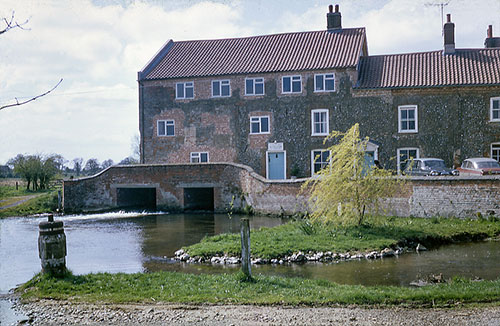 |
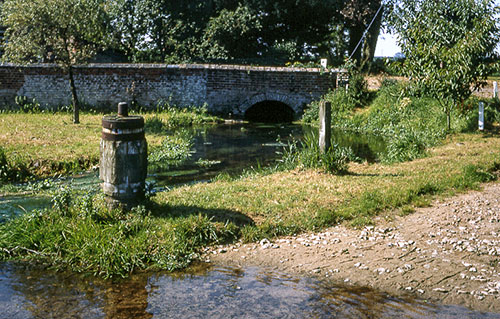 |
|
April 1967 with the waterwheel axle in the foreground
|
The buried axle in October 1969 |
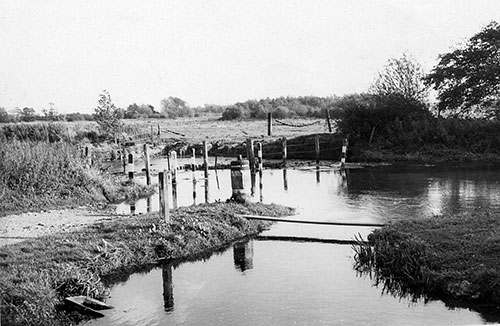 |
 |
Wheel axle and ford - c.1965 |
The wheel axle - c.1968 |
|
At Easter 1965, William Patrick Collins, the new owner opened the mill and mill house as a Country Club, although some of the original beams still remained as features. Part of the waterwheel axle was sunk into the riverbed and became a fencepost and a mooring post for boats. |
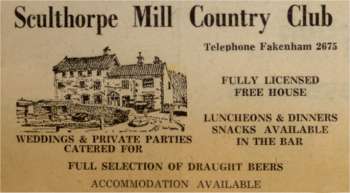 |
|
Newspaper
advert May 1973
|
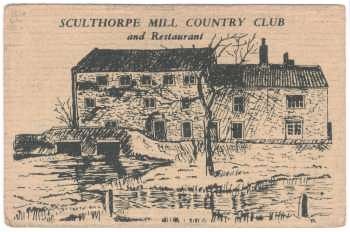 |
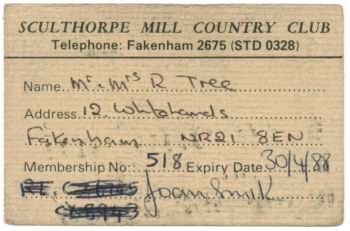 |
Sculthorpe Country Club membership card |
|
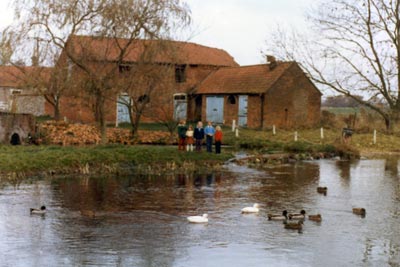 |
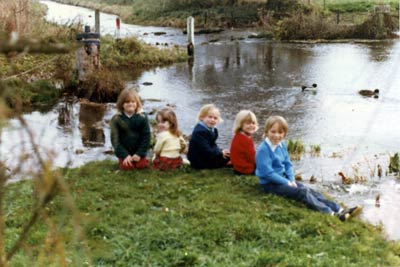 |
Sculthorpe mill ford August 1983 |
Wheel axle in the background August 1983 |
The children in the above photo are from left to right: |
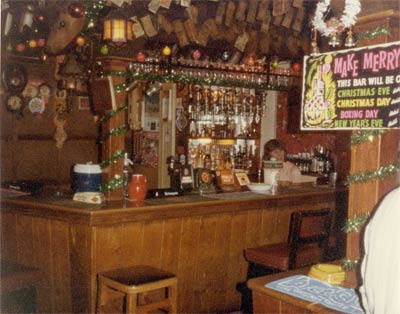 |
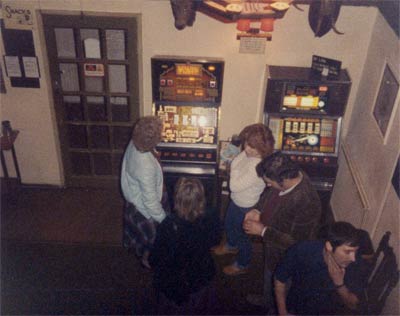 |
Sculthorpe Country Club bar 31st December 1983 |
Sculthorpe Country Club entrance 31st December 1983 |
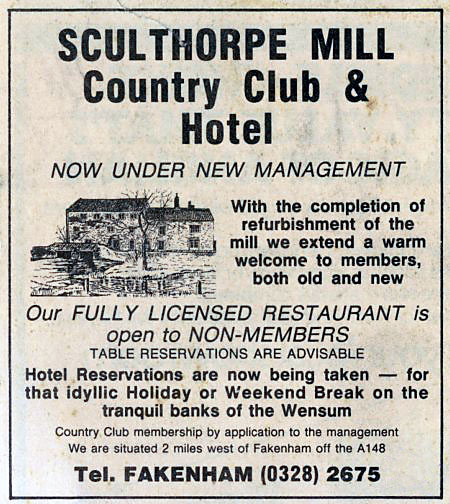 |
|
Eastern Daily Press advert - 2nd June 1984 |
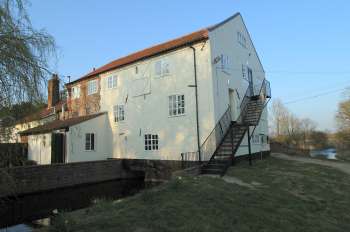 |
 |
|
Headrace 23rd March 2003
|
Tailrace 23rd March 2003 |
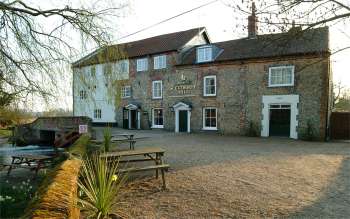 |
|
March
2003
|
|
After a £400,000 restoration program, following the fire in July 2002, the mill was officially reopened for business on 30th January 2003 by the fire crews from Fakenham and Great Massingham who had helped save the building from total destruction. Local actress Liza Goddard and her husband David Cobham also took part along with Greene King's senior business manager, Richard Cobb. Leaseholders Justine Manning and Steven Smith run the restaurant that also has six bedroom accommodation. |
Mills |
|
6.16 The mill structures have a profound influence on the river system in the Wensum catchment. If high retained water levels continue upstream of the mills, they would form a significant constraint on the effectiveness of river restoration. Physical modifications at mill sites should aim to restore a more natural longitudinal profile to the river and to remove or reduce physical barriers to the movement of fish and wildlife. Whilst historically a number of mills have been in existence for centuries these have always very actively stored and released water and the cessation of working of the mills in combination with dredging has had a significant impact. 6.17 The recommended actions at mill structures are shown in Table 9. At a number of sites there is no mill building and removal of water level control structures would be the desired course of action. However, often there are multiple channels at a mill site and it is likely that some hydraulic controls would be needed to maintain a split of flows to all channels. These would probably take the form of a fixed crest and a natural chute that would allow the passage of fish and woody debris. At locations where the water level control structures are part of the historic mill building, there is often a variety of passageways and the best way to lower levels will need to be identified using more detailed survey. Initial action can be taken at low cost by merely adjusting operating levels using the available gates and stop boards. The reduction in head that could be achieved at a typical dry weather flow is also summarised in Table 9. The estimated maximum reduction in backwater length through changing the operational level of the sluices (that is, without the need for major engineering works) is 18km. This would reduce the length of the River Wensum SSSI affected by backwater from mills from 67% to 40%. To achieve this it would be necessary to ensure that no channels downstream of gates or fixed weirs are affected, but this could be a cost effective start to the Wensum restoration. 6.18 It is likely that at some locations, where the channel course has been altered and the mill channel is significantly higher than the natural channel, the main flow could be diverted upstream of the current mill location. Maintaining some flow to the original mill weir is likely to be preferable for aesthetic and heritage reasons, so by-passing is likely to be required in conjunction with lowering of the mill weir. Sites where such a solution is envisaged are at Great Ryburgh and Lyng. 6.19 The control structures at Costessey, Swanton Morley and Fakenham are used for flow gauging by the Environment Agency. Lowering these weirs may mean that the existing gauging arrangements will need to be replaced by other methods, such as ultrasonic techniques. The weir on the main channel at Swanton Morley has a two stage drop and a significant reduction in water level could be achieved there without affecting flow gauging through the bridge. 6.20 A former mill known as Gogg‟s Mill near to Fakenham was removed as part of the drainage improvement works of the 1950s. The channel upstream of the mill has narrowed significantly through the accretion of silt berms, and provides a good case study of the extent to which natural recovery can help restore natural river form and function. 6.21 As part of the River Wensum Water Level Management Plan being prepared by Entec (2007) the views of some private owners on changes in operating level have been canvassed. In broad terms this is not opposed, but there is concern to maintain an attractive setting incorporating some mill pond in line with the historical context particularly at: 1) Elsing 2) Great Ryburgh 3) Bintree 4) North Elmham 5) Lenwade. 6.22 A reduction in the retained water level at mills may constrain the ability to direct water through all the existing channels at mill sites, should this still be required, there may be a need to carry out physical modifications to some of the subsidiary water level control structures. River Wensum Restoration Strategy - Natural England, 26th June 2009 |

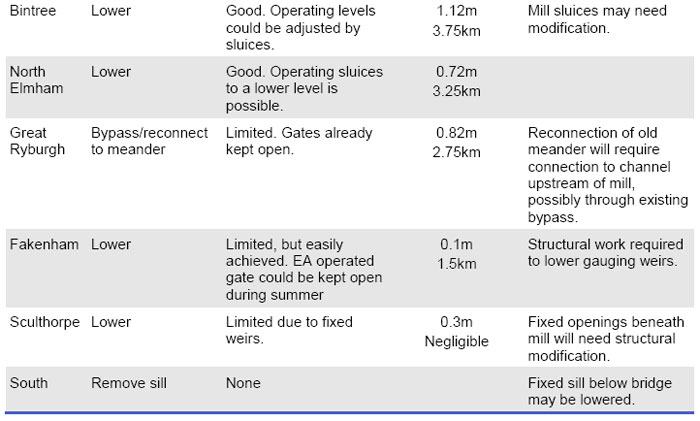
I am the great niece of George Gostling Gray who owned Sculthorpe Mill in 1923. |
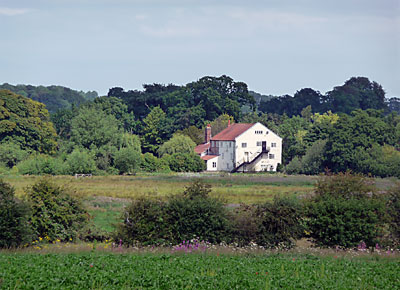 |
|
Mill from Sedgeford Road - 24th July 2011 |
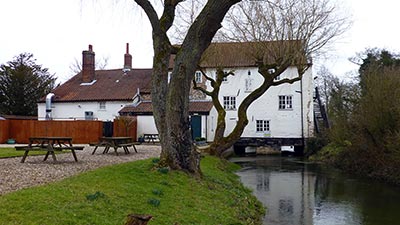 |
 |
Headrace 2nd February 2015 |
Tailrace 22nd February 2015 |
Riverside mill pub and restaurant closes suddenly |
A pub, restaurant and B&B at a historic watermill in Norfolk has closed down because of the “ongoing financial uncertainty”. |
Sisters reopen popular riverside pub |
A popular Fakenham riverside pub has reopened its doors. |
Sisters Siobhan and Caitriona Peyton have taken over this striking former mill, set beside the River Wensum, and have brought it bang up-to-date, with a chic, contemporary interior, a modish bar, bright, beamed rooms and roaring fires. |
I grew up in Meadow Cottage Grange Farm (Headings Farm) and as kids we almost lived down the mill during the summer holidays playing and swimming in the mill pool and racing our bikes through the ford. My uncle Philip Armiger and aunty Nora née Parker lived in one of the cottages when they first got married. In the mid-50s uncle Philip used to keep pigs in all the outhouses which are now homes. I remember when there where a large amount of Coypu`s around and one got into the pig sty and all hell was let loose to get it out but with them only eating vegetables there was really no danger. |
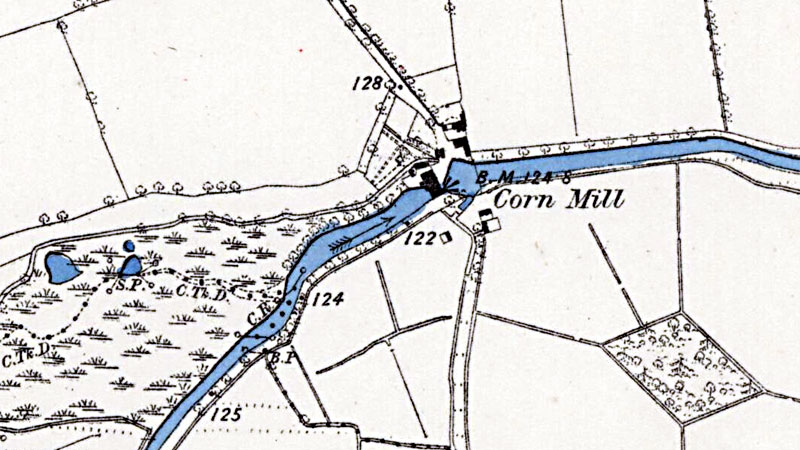 |
O. S. Map 1885 |
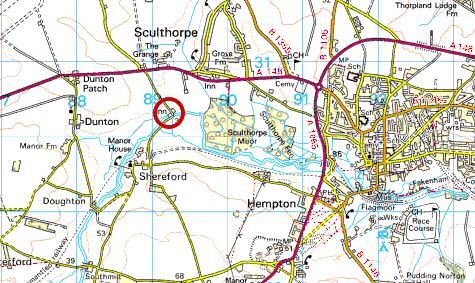 |
|
O.S. Map 2005 Image reproduced under licence from Ordnance Survey |
White's 1854: Joseph Fyson, corn miller and maltster White's 1864: Joseph Fyson, corn miller |
|
c.1225: Lemarin
or Lennard the miller. Mill owned by the de Hasseneia family
Kelly's 1854: William Santy, miller
White's 1883: Charles Horsley, miller & farmer, and Fakenham (also Sculthorpe towermill) |
| If you have any memories, anecdotes or photos please let us know and we may be able to use them to update the site. By all means telephone 07836 675369 or |
| Nat Grid Ref TF 89243029 | Copyright © Jonathan Neville 2003 |